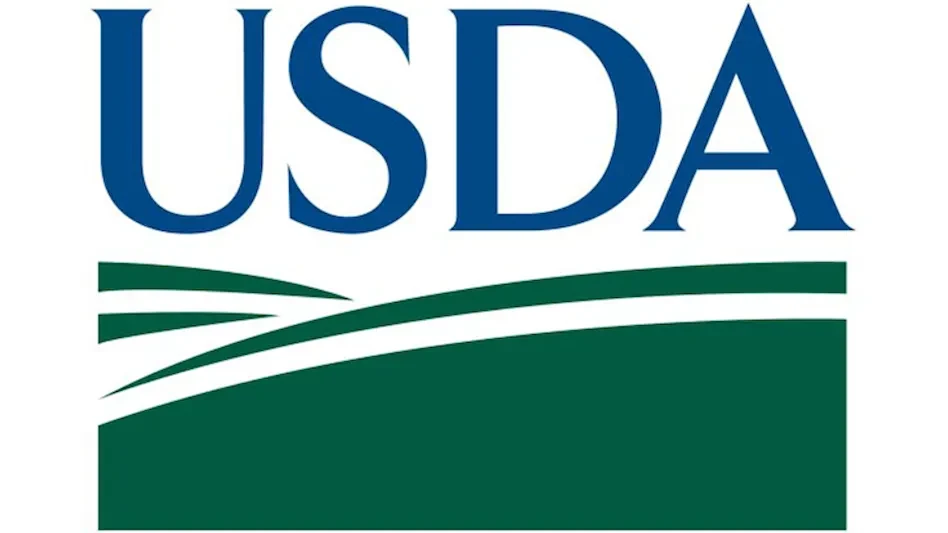
WASHINGTON, D.C. — USDA’s Food Safety and Inspection Service (FSIS), as part of its ongoing efforts to ensure the safety of the food supply, has conducted tests on beef tissue from 96 cull dairy cows condemned at select FSIS-inspected facilities. On May 22, viral particles were detected in tissue samples, including muscle, from one cow. To date, samples from 95 cows have tested negative for viral particles. Meat from condemned cows is prohibited from entering the food supply.
As part of this study, FSIS collected multiple tissues, including muscle samples from the diaphragm, at FSIS-inspected slaughter facilities from cull dairy cattle that have been condemned for systemic diseases. The samples were analyzed by APHIS using PCR to determine presence of viral particles. PCR testing does not differentiate between live virus or fragments.
FSIS and APHIS are working together to conduct traceback, including notification to the producer to gather further information.
FSIS personnel identified signs of illness in the positive animal during post-mortem inspection and prevented the animal from entering the food supply. This type of inspection is part of routine FSIS operations. These actions provide further confidence that the food safety system we have in place is working, said USDA.
Further updates will be provided as testing is completed.
BACKGROUND. The USDA said it is confident that the meat supply is safe. USDA has a rigorous meat inspection process, which includes FSIS veterinarians who are present at all federal livestock slaughter facilities. FSIS personnel inspect each animal before slaughter, and all cattle carcasses must pass a second inspection after slaughter and be determined to be fit to enter the human food supply.
While the USDA has multiple safeguards in place to protect consumers, it continues to recommend consumers properly handle raw meats and cook to a safe internal temperature. Cooking to a safe internal temperature kills bacteria and viruses in meat. Specific recommendations are available online at: Safe Minimum Internal Temperature Chart | Food Safety and Inspection Service (usda.gov).
ONGOING RESEARCH. To verify the safety of the meat supply in the context of H5N1, USDA’s FSIS, APHIS and Agricultural Research Service (ARS) are working on three separate beef safety studies related to avian influenza in meat from dairy cattle. These studies are taking place in the interest of scientific inquiry and reaffirm consumer confidence.
- Beef muscle sampling of cull dairy cows condemned at select FSIS-inspected slaughter facilities: FSIS completed collection of muscle samples at FSIS-inspected slaughter facilities from cull dairy cattle that have been condemned for systemic disease. No meat from these dairy cattle entered the food supply. The samples were analyzed by APHIS using PCR to determine presence of viral particles. To date, testing has been completed on 96 out of 109 muscle samples that were collected. As of May 22, no viral particles were detected in 95 samples for which testing has been completed. NVSL reported that viral particles were detected in tissue samples, including diaphragm muscle, from one cow. FSIS and APHIS are working together to conduct traceback, including notification to the producer to gather further information. FSIS personnel identified signs of illness in the positive animal during post-mortem inspection and prevented the animal from entering the food supply — as is standard for the food inspection process.
- Samples of ground beef obtained at retail in the affected states: Final results were posted on May 1. Samples were collected at retail outlets in the states in which dairy cattle herds have tested positive for H5N1 influenza virus. The samples were analyzed by APHIS using polymerase chain reaction (PCR) to indicate whether any viral particles were present. No virus particles were found to be present.
- Ground beef cooking study: Final results were posted on May 16. ARS inoculated a very high level of an H5N1 Influenza A virus into 300 grams ground beef patties (burger patties are usually 113 grams) to determine whether FSIS recommended cooking temperatures are effective in inactivating H5N1 virus. The burger patties were then cooked to three different temperatures (120, 145 and 160 degrees Fahrenheit), and virus presence was measured after cooking. There was no virus present in the burgers cooked to 145 (medium) or 160 (well done) degrees, which is FSIS’ recommended cooking temperature. Even cooking burgers to 120 (rare) degrees, which is well below the recommended temperature, substantially inactivated the virus.
Latest from Quality Assurance & Food Safety
- Chef Robotics Introduces Pat-Down Capability for Meal Presentation and Sealing
- USDA Launches Regenerative Pilot Program
- Indoor Ag-Con Adds Food Safety Track to Conference Lineup
- IDFA Recognizes Federal Officials for Support of U.S. Dairy Industry
- Tetra Pak Acquires Bioreactors.net
- Fresh Del Monte Receives Rabobank Leadership Award
- São Paulo Earns Guinness World Record for Largest Municipal Food Security Program
- KPM Analytics Releases Ready-to-Use NIR Calibration Packages





